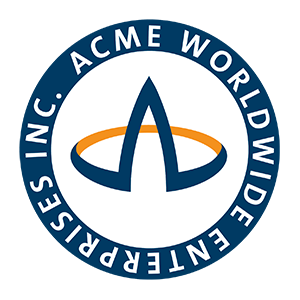ACME F-16 ACES II Dynamic Motion Seat System
ACME’s F-16 ACESII Type Dynamic Motion Seats are simulator (replica) crew seats with sophisticated (high fidelity) motion cueing built in. The seats look, feel, and function like the actual crew seats and translate simulator signals into realistic, convincing vehicle motion sensations for training. True Q® seats provide a higher level of cueing, where the motion IS training. True Q® Motion seats are an excellent way to bring complete, cost-effective motion cueing to any fighter simulator.
The General Dynamics (now Lockheed Martin) F-16 Fighting Falcon is a single-engine multirole fighter aircraft originally developed by General Dynamics for the United States Air Force (USAF). Designed as an air superiority day fighter, it evolved into a successful all-weather multirole aircraft. Over 4,500 aircraft have been built since production was approved in 1976. Although no longer being purchased by the U.S. Air Force, improved versions are still being built for export customers. In 1993, General Dynamics sold its aircraft manufacturing business to the Lockheed Corporation, which in turn became part of Lockheed Martin after a 1995 merger with Martin Marietta.
ACME Worldwide Enterprises Dynamic Motion Seats are in the 5th Generation of evolution. The product line is robust and well-tested to be used in a high-intensity training environment. ACME offers a military grade solution for delivering patented motion cueing to any F-16 Simulator or Part Task Trainer.
Standard F-16 True Q® Dynamic Motion Seat Features:
ACME True Q® DMS offers many standard base features for your simulator motion solutions.
- Dynamic Motion Seat (DMS)
- Electronics Chassis
- DMS Computer System (Can drive 2 Electronic Chassis and 2 Seats)
- Connecting Cables
- DMS Maintenance Manuals
- Daily Operational Readiness Test (DORT) Software
- DMS Autotest – Capability that performs a complete performance test on the seat. All axis are exercised to verify the displacement, velocity, and acceleration performance of the seat using sensors that are independent of the normal drive equipment. This test is used to verify the DMS meets or exceeds all required performance criteria and to establish a performance baseline. The baseline can then be compared throughout the life cycle of the DMS for certification and maintenance purposes.
- Vertical seat adjustments
- Electric motors eliminates expensive hydraulics and maintenance intensive pneumatic systems
- Easy access to system components for maintenance and tuning
- Standard Safety Switches/Systems: Weight on Seat / Loss of Signal at DMS Computer / Crew Enable / Self Monitoring System
